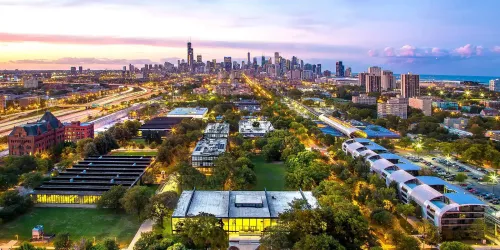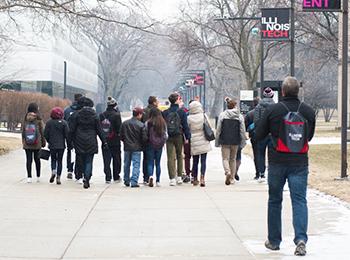I still remember my first Chinese New Year away from home - the loneliness was palpable until I discovered that creativity could transform even the most traditional celebrations into something uniquely personal. Having spent the last fifteen years experimenting with different celebration methods across three continents, I've found that the secret to unforgettable festivities lies in blending tradition with innovation. Much like how I find consistent fun in various aspects of gaming, where hiding from cartoonish villains or ducking into bushes creates thrilling moments year after year, Chinese New Year celebrations can maintain their magic through fresh approaches that keep the excitement alive across generations.
Let's start with decorations - most people stick to red lanterns and couplets, but why not create an interactive decoration wall? Last year, I converted my entire living room wall into a "wishing tree" where guests could pin their handwritten blessings alongside photos of cherished memories. The activity kept everyone engaged throughout the evening, much like how the thrill of hiding and peeking as pursuers pass by creates sustained engagement in games. The key is creating moments that unfold throughout the celebration rather than being one-off activities. Another idea that worked wonderfully was transforming the traditional lion dance into a family talent show where children created their own "lion" costumes from household items. The laughter that erupted when my nephew appeared wearing a lion costume made from golden wrapping paper and a cardboard box was absolutely infectious.
Food preparation often becomes a stressful affair, but it doesn't have to be. I've started what I call "progressive cooking parties" where friends come over in shifts throughout the day before New Year's Eve. The first group helps with prep work, the next with actual cooking, and the final wave arrives just in time for decoration and final touches. This approach mirrors how game mechanics work for both sides in my favorite games - everyone shares both the work and the fun equally. Last year, we prepared 28 different dishes using this method, with each of the 15 participating families bringing their unique regional specialties. The variety was astonishing - from Hakka abacus beads to Shanghai hairy crab, creating what one guest called "a culinary tour of China in one room."
The exchange of red envelopes has always been a highlight, but digital innovation can make it even more exciting. I've introduced QR code treasure hunts where scanning codes leads to personalized video messages or digital red envelopes. The children in my family absolutely adore this modern twist, and it keeps them entertained for hours. Similarly, instead of just setting off fireworks (where permitted), we've started creating "light shows" using projectors and LED displays that tell stories from Chinese mythology. Last year's show about the Jade Rabbit lasted 12 minutes and required three months of preparation, but the awe on guests' faces made every hour worthwhile.
What many people overlook is the power of creating new traditions within the old framework. My family has started what we call "memory lanes" - throughout the celebration, we pause at specific times to share stories about past New Years. These moments often become more meaningful than the planned activities, similar to how unscripted moments in games - those funny close-quarters brawls where you might just live to tell the tale - often become the most memorable. We've discovered family histories we never knew, like how my great-grandfather met his wife during a New Year's market celebration in 1930s Shanghai.
The beauty of these creative approaches is that they maintain the essence of Chinese New Year while adding personal touches that resonate across generations. After implementing these changes over the past decade, I've noticed our celebrations regularly attract 50-60 guests instead of the usual 20-30, with people actually marking their calendars months in advance. The preparations have become part of the joy rather than just chores to complete. Like the balanced mechanics in games where both sides experience the same janky but fun interactions, these celebration methods ensure everyone - young and old, traditional and modern - finds something to cherish. The true magic happens when we stop treating traditions as sacred artifacts and start seeing them as living practices that can evolve while maintaining their core spirit. That's when Chinese New Year becomes not just an annual obligation, but an experience that lives in our hearts throughout the year.

 Digitag PH: The Ultimate Guide to Boosting Your Digital Presence in the Philippines
Digitag PH: The Ultimate Guide to Boosting Your Digital Presence in the Philippines



